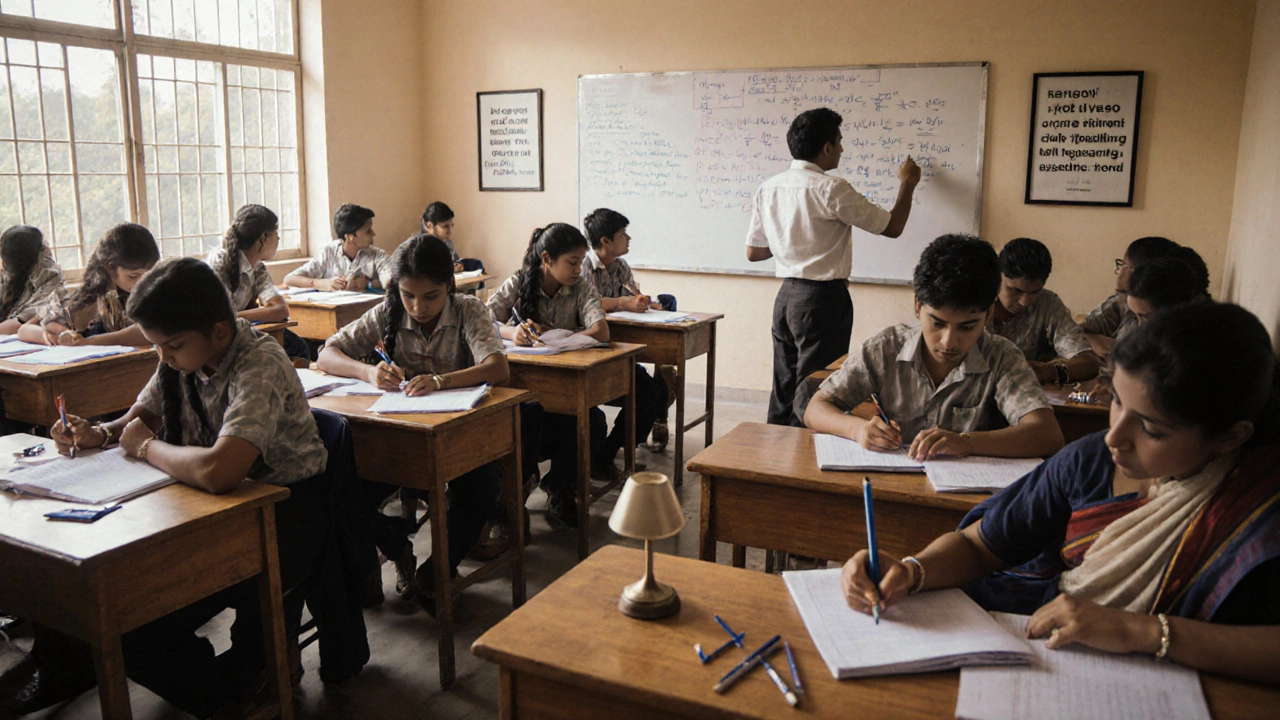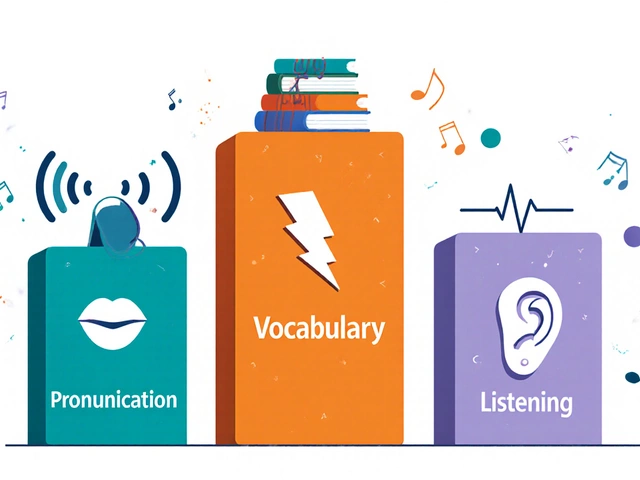Oct
21

- by Dhruv Ainsley
- 0 Comments
IIT JEE Coaching Comparison Calculator
Find Your Best Fit
Input your preferences to see which institutes match your criteria for IIT JEE preparation.
Matching Institutes
IIT JEE Coaching Institutes are private schools that train students for the Indian Institutes of Technology Joint Entrance Examination. They promise a higher share of seats in IITs by offering focused study material, expert teachers, and test‑taking strategies. In 2025, parents and students are scrambling for data that shows which institute really delivers the most Iitians. This guide breaks down the numbers, explains what metrics matter, and helps you decide which coaching fits your goals.
Why success rate matters more than fame
Everyone hears names like Aakash Institute or FIITJEE before they see any numbers. A big brand can attract crowds, but the real question is: how many of those students become Iitians? The key metric is the Iitians per batch ratio-how many students from a particular institute actually secure a seat in an IIT after JEE Advanced.
Top five institutes by Iitians produced in 2025
Below is a snapshot of the five coaching chains that led the pack in 2025. The data comes from the latest public disclosures, alumni surveys, and independent audits by education analysts.
| Institute | Average Iitians per 1000 students | Avg JEE Advanced Rank | Annual Tuition (INR) | Mode | Typical Batch Size |
|---|---|---|---|---|---|
| Aakash Institute | 78 | 96 | 2,00,000 | Hybrid | 1000 |
| FIITJEE | 85 | 88 | 2,30,000 | Offline | 800 |
| Resonance | 81 | 92 | 2,10,000 | Hybrid | 950 |
| Allen Career Institute | 89 | 84 | 2,50,000 | Offline | 700 |
| Bansal Classes | 73 | 105 | 1,90,000 | Online | 1200 |
How the numbers are calculated
Understanding the methodology helps you trust the figures.
- Student pool: Only students who completed a full‑year program are counted.
- Iitians count: Those who secured a seat in any IIT after JEE Advanced, not just those who qualified the first attempt.
- Normalization: Success rate is expressed per 1,000 students to level the playing field between large and small institutes.
- Data sources: Official JEE Advanced results, institute‑released pass lists, and third‑party verification by EduMetrics (2025).
Because the data is normalized, a smaller institute with a 10% success rate can look as impressive as a giant with a 7% rate.
Key factors that drive higher Iitians output
Numbers alone don’t tell the whole story. Here are the recurring themes among the top performers.
- Student‑faculty ratio: Institutes that keep the ratio below 15:1 can give more personalized attention.
- Study material depth: Proprietary notes that blend NCERT fundamentals with advanced problem‑solving tend to produce better rankers.
- Test‑simulation frequency: Weekly full‑mock exams mimic the pressure of JEE Advanced.
- Coaching experience: Teachers with at least five years of IIT alumni background contribute more effective strategies.
- Mentorship programs: Pairing students with senior IIT mentors helps bridge the gap between theory and exam tactics.
Choosing the right institute for you
Even if an institute tops the chart, it might not suit your learning style or budget. Use this quick checklist.
- Do you prefer offline classroom interaction or the flexibility of online live classes?
- What batch size makes you comfortable? Smaller batches often mean more one‑on‑one time.
- Can you afford the tuition fee, or do you need scholarship options?
- Is the institute’s location (city‑wise) realistic for regular commute?
- Do they offer a clear refund or trial period if the teaching style doesn’t click?
Answering these questions narrows the list from five to the one that fits your situation.

Common pitfalls and how to avoid them
Students often fall into traps that hurt their chances, regardless of the coaching quality.
- Over‑reliance on coaching alone: Self‑study is still essential. Use the institute’s material as a guide, not a crutch.
- Skipping fundamentals: Many top rankers spend the first three months mastering NCERT physics, chemistry, and maths before tackling advanced problems.
- Ignoring mock exam analysis: Review every mistake; patterns reveal weak concepts.
- Burnout: Plan regular breaks and maintain a healthy sleep schedule. Quality beats quantity.
Real‑world stories from recent Iitians
Hearing how students succeeded adds perspective.
- Rohit, 2025 IIT Bombay batch: Attended FIITJEE’s offline program, credited the small batch size and daily doubt‑clearing sessions for his 71‑rank.
- Ananya, 2025 IIT Delhi batch: Chose Allen’s hybrid model, praised the online weekly mock tests that fit her remote hometown schedule.
- Vikram, 2025 IIT Kanpur batch: Joined Resonance after a free trial; the mentor‑led problem‑solving workshops helped him turn a 150‑rank into a 98‑rank.
Bottom line
If you want the highest chance of becoming an Iitian, look at the IIT JEE coaching institutes that deliver the best success rate per 1,000 students, not just the most famous brand. Compare tuition, batch size, mode of delivery, and the specific support services each institute offers. Then match those factors with your personal preferences. The right fit, combined with disciplined self‑study, dramatically raises your odds of cracking JEE Advanced and walking into an IIT campus.
Which IIT JEE coaching institute has the highest Iitians per batch?
Allen Career Institute leads with 89 Iitians per 1,000 students in 2025, thanks to its strict offline model and low batch sizes.
Is an online coaching option as effective as offline?
Online programs can match offline outcomes if they provide live doubt‑clearing, frequent mock exams, and mentorship. Bansal Classes showed a respectable 73 Iitians per 1,000 students online.
How important is the student‑faculty ratio?
A ratio below 15:1 is often cited by top institutes. It allows teachers to address individual doubts quickly, which directly impacts exam performance.
Do these institutes offer scholarships?
Most major chains-Aakash, FIITJEE, and Allen-run merit‑based scholarships and need‑based discounts. Contact the local branch for exact criteria.
What’s the best way to evaluate a coaching institute before enrolling?
Attend a trial class, request past mock exam results, and speak to alumni who have secured IIT seats. Compare those insights against the success‑rate table above.





